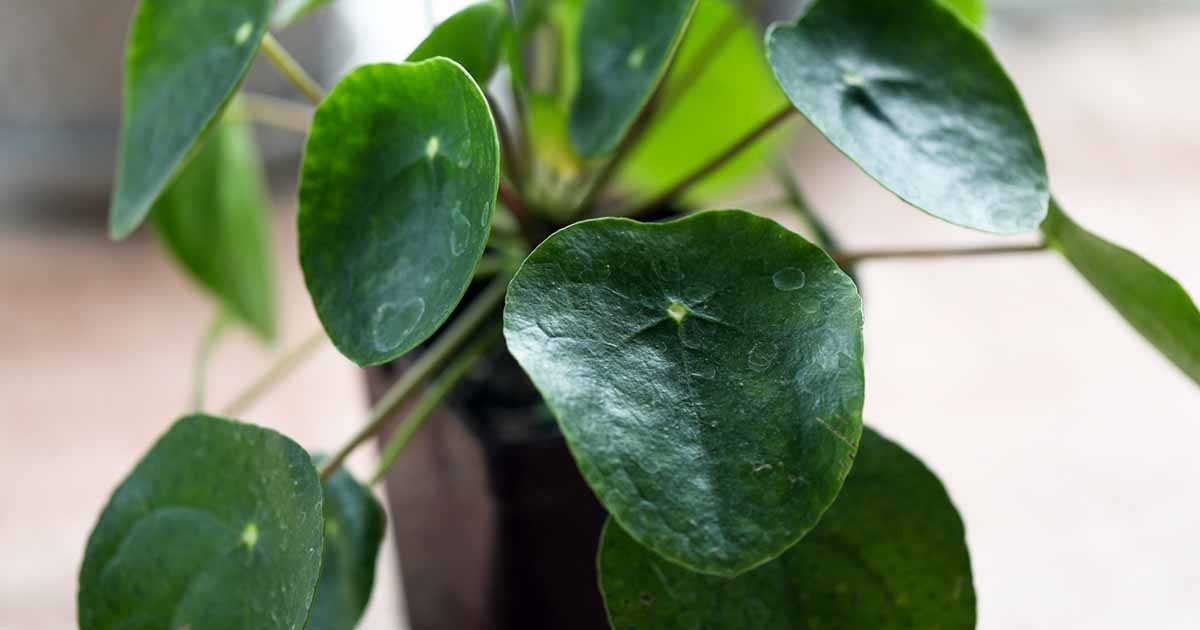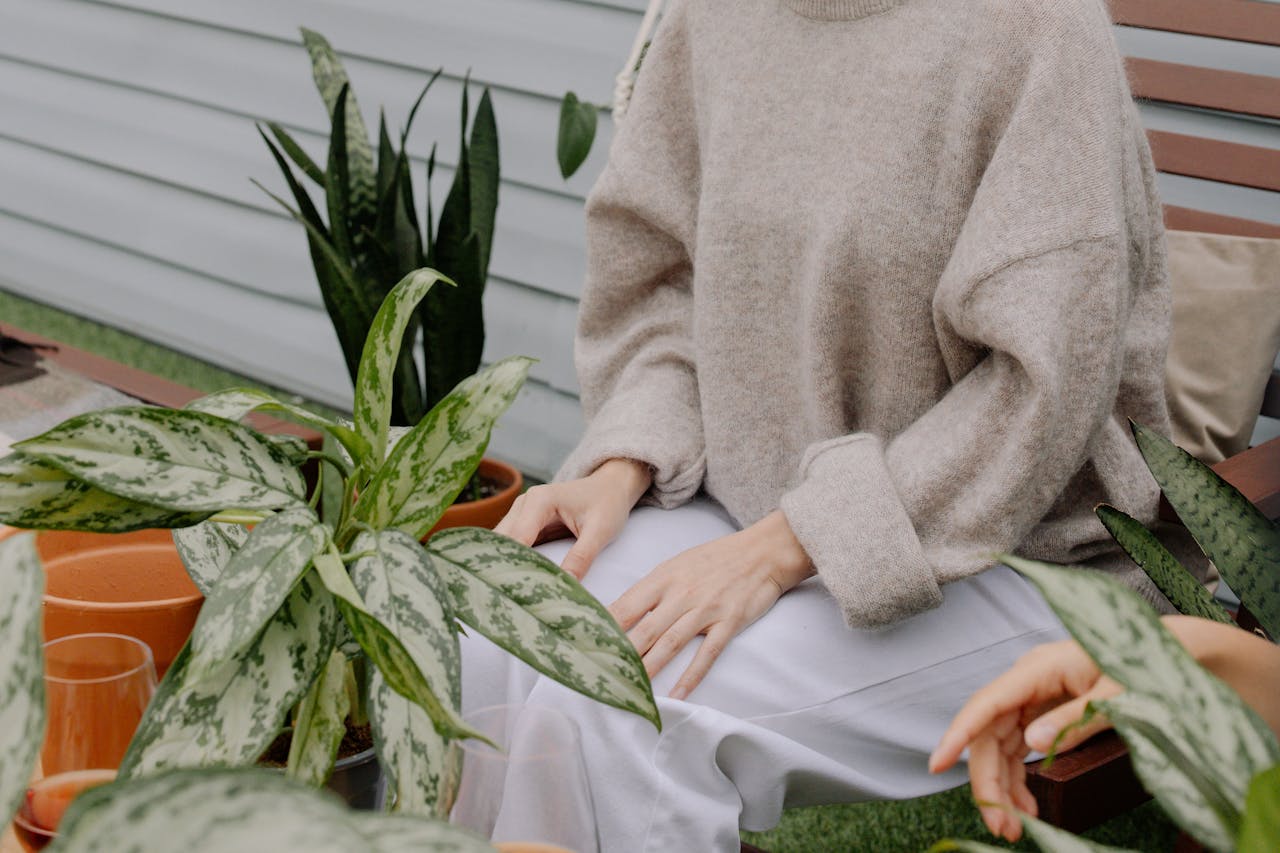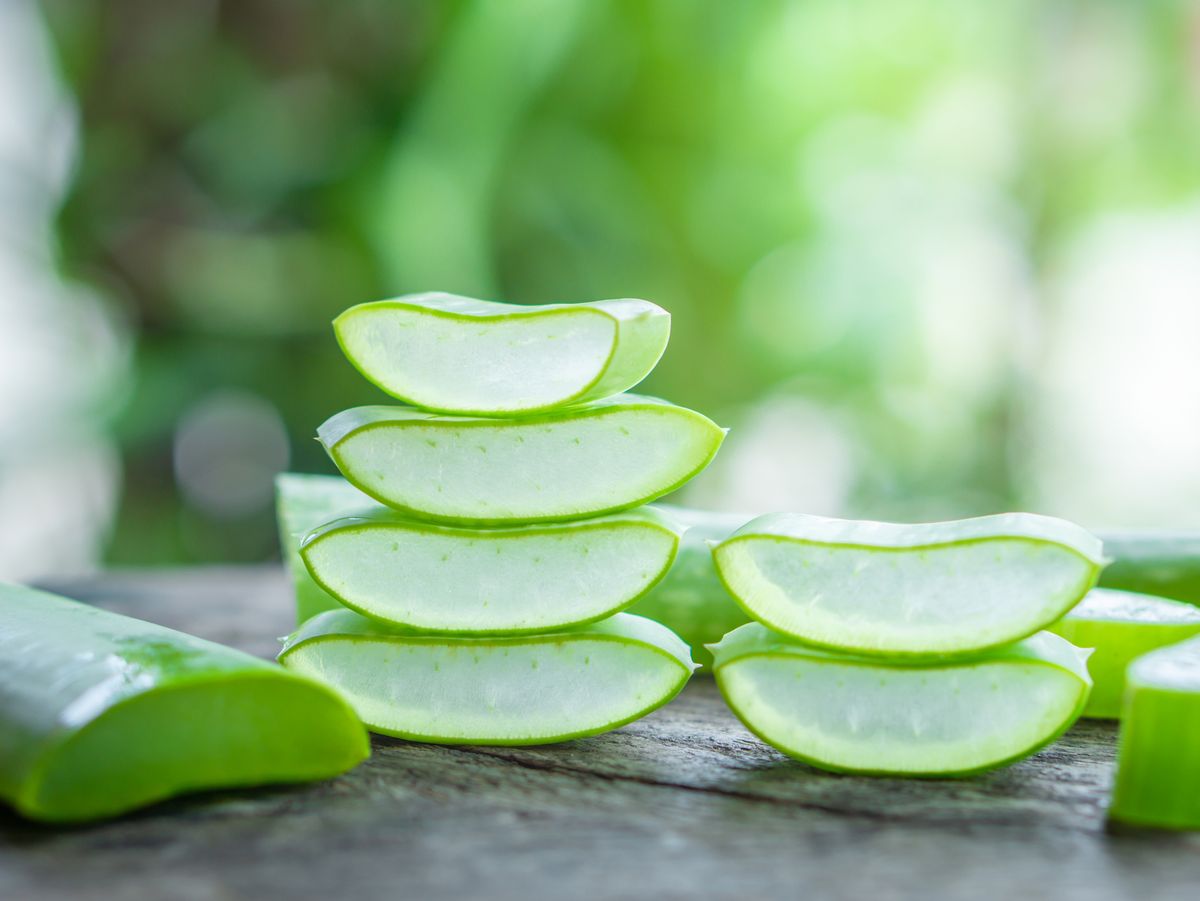Money plants, also known as Pothos or Devil's Ivy, are popular houseplants admired for their beautiful foliage and easy maintenance. One of their most appealing characteristics is their ability to thrive in low light conditions, making them ideal for various indoor environments. However, even though they are low-light tolerant, certain care practices are essential to ensure their healthy growth. In this article, we will explore how to cultivate and maintain healthy money plant in low light settings.
Understanding Low Light Conditions

Before diving into the specifics of caring for money plants in low light, it's essential to understand what low light means. Low light conditions are areas where the plant does not receive direct sunlight. These areas might include north-facing windows, rooms with sheer curtains, or interior spaces away from windows.
Also Read- Eco-Friendly Decor: Using Money Plants In Your Home
Choosing the Right Spot

The first step in ensuring healthy growth for your money plant is choosing the right spot. Even in low light, there are better and worse places for your plant.
Ideal Locations
- Bathrooms: If your bathroom has a small window, it can provide the perfect low-light environment with added humidity.
- Hallways: Hallways typically have less natural light, making them a suitable spot for money plants.
- Bedrooms: North-facing windows or corners of rooms with indirect light work well.
Avoid
- Completely Dark Areas: While money plants can tolerate low light, they still need some light to photosynthesize and grow.
- Direct Sunlight: Avoid placing money plants in direct sunlight, as it can scorch their leaves.
Also Read- How To Train A Money Plant To Climb Indoors
Watering in Low Light

Watering is crucial for the health of any plant, and money plants are no exception. In low light conditions, the watering needs of money plants differ slightly from those grown in brighter areas.
Tips for Watering
- Check Soil Moisture: Before watering, check the top inch of the soil. If it feels dry, it's time to water. Overwatering can lead to root rot, especially in low light where the soil dries out more slowly.
- Reduce Frequency: In low light, money plants require less frequent watering. Aim to water your plant every 10-14 days.
- Use Proper Drainage: Ensure your pot has drainage holes to prevent water from accumulating at the bottom.
Fertilizing Your Money Plant

Money plants in low light conditions grow more slowly and therefore require less frequent fertilization.
Fertilizer Tips
- Use Balanced Fertilizer: Opt for a balanced, water-soluble fertilizer diluted to half the recommended strength.
- Frequency: Fertilize your money plant every 2-3 months during the growing season (spring and summer). Reduce or stop fertilization during fall and winter.
Pruning and Maintenance
Regular pruning helps maintain the health and appearance of your money plant, encouraging bushier growth.
Pruning Tips
- Remove Dead Leaves: Trim off any yellow or dead leaves to prevent disease and pests.
- Pinch Back: Pinch back the stems to promote fuller growth. This is especially useful in low light, as it prevents the plant from becoming leggy.
- Use Clean Tools: Always use clean, sharp scissors or pruning shears to avoid introducing pathogens.
Enhancing Low Light

While money plants can tolerate low light, you can enhance their environment to mimic better growing conditions.
Supplemental Lighting
- Grow Lights: Consider using LED grow lights to supplement natural light. Position the grow lights about 12-18 inches above the plant and leave them on for 10-12 hours a day.
- Fluorescent Lights: Fluorescent lights can also be effective. They are more energy-efficient and provide the necessary spectrum for plant growth.
Reflective Surfaces
- Mirrors: Place mirrors or reflective surfaces near your money plant to increase the amount of light it receives.
- Light-Colored Walls: Position your plant near light-colored walls that reflect light, enhancing the overall brightness.
Soil and Potting
The right soil and pot are critical for the health of your money plant, especially in low light conditions.
Soil
- Well-Draining Mix: Use a well-draining potting mix to prevent water from sitting in the soil, which can cause root rot.
- Perlite and Sand: Adding perlite or sand to the potting mix can improve drainage and aeration.
Potting
- Size of the Pot: Choose a pot that is proportionate to the size of your plant. A pot that is too large can hold excess water, leading to root rot.
- Repotting: Repot your money plant every 2-3 years to refresh the soil and provide more room for growth.
Monitoring Health
Regularly monitor the health of your money plant to catch any issues early.
Signs of Health Issues
- Yellow Leaves: This can indicate overwatering, underwatering, or insufficient light.
- Brown Tips: This often suggests low humidity or over-fertilization.
- Leggy Growth: If your plant is growing long, thin stems, it may not be getting enough light.
Remedies
- Adjust Watering: Modify your watering schedule based on the plant's needs.
- Increase Humidity: Use a humidity tray or mist the plant occasionally.
- Move the Plant: If the plant shows signs of insufficient light, consider moving it to a slightly brighter location or adding supplemental lighting.
Conclusion
Growing money plant in low light conditions is entirely possible with the right care and attention. By choosing the correct location, adjusting watering and fertilizing schedules, and providing occasional maintenance, you can ensure your money plant thrives even in less-than-ideal lighting. These resilient plants are perfect for adding a touch of green to any part of your home, no matter how dim it may be. With these tips, your money plant will remain healthy and vibrant, adding beauty and a sense of tranquility to your space.













Leave a comment
This site is protected by hCaptcha and the hCaptcha Privacy Policy and Terms of Service apply.